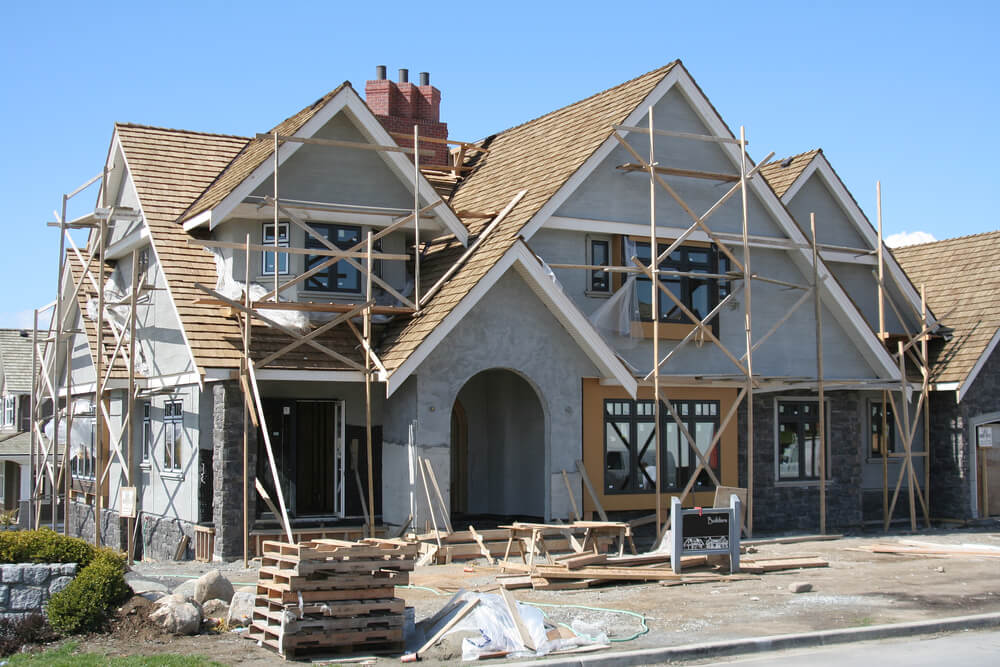What Is a Seismic Retrofit?


Have you heard of seismic retrofitting? Do you know exactly what it’s used for? It’s a very important part of the construction process. It works to keep people safe and keeps the building in good shape. Let’s take a look at what a seismic retrofit is and why it’s useful.
According to A.L. Vineyard Construction, Inc., a commercial construction contractor in Orange County, seismic retrofitting modifies structures so they can withstand earthquakes. It’s a modification that can be done to existing buildings and homes. Seismic retrofitting is necessary because it protects people. FEMA says that retrofitting helps people return home after an earthquake.
Without retrofitting, a long list of problems can occur in the case of an earthquake.This list includes:
A seismic retrofit is great at lessening the effects of an earthquake. Unfortunately, there’s not a way to completely earthquake-proof a home. Proper modifications can help, but they won’t keep your home completely safe. However, the damage will be less significant in a properly modified home.
Depending on the intensity of an earthquake, homes can suffer a good amount of damage. This can be minor, such as heavy items falling. When heavy items fall, there may be property damage or injury.
Sometimes, more intense consequences can occur. Landslides, mudslides, and avalanches are possible. Ground displacement, or ground movement, may occur along a fault line. Fires may start due to earthquakes.
All this can cause serious structural damage to a home or another building. This often results in injuries for the people inside. Without the proper modifications, your home may suffer this damage in an earthquake.
Not every home needs to be retrofitted. But if you live in an area with many earthquakes, it’s a good precaution to take.
According to House Logic, houses built 20 or more years ago should be retrofitted. The building codes have changed over the years. It’s best to keep your home sturdy in case of an earthquake. Seismic retrofitting will enhance your home’s stability. This is the best choice for you, your family, and your home.
You can also check with your local government. They can tell you if there are any recommendations for earthquake protection. Depending on the area, there may be more tips or guidelines.
Having a seismic retrofit done to a home typically costs between $3000 and $7000. According to Home Advisor, the national average is $4529. Though this might seem a bit expensive, it’s much more affordable than the costs of potential damage.
You should check with a contractor in your area to find out exact pricing. It will depend on the size of the structure and the modifications needed.
Unfortunately, these modifications don’t increase your home’s value. Still, it’s important to have this done. It will protect you and your home from serious damage.
You will still save money by having this done because you won’t be paying for all the earthquake damage.
Most often, a seismic retrofit is done to support your home in an earthquake. It can also be used for other natural disasters and hazards. Some of these include:
It’s a good idea to look for a contractor who has done this before. This way you can ensure that your home is well-protected. All the necessary steps will be accounted for.
Be sure to look at reviews for a specific contractor. Ask a friend or family member for referrals. This will help you find a trusted contractor.
You can meet with several contractors to get quotes and to get more information. This can help you narrow down your options.
First, the cripple walls need to be braced. When structures are built, cripple walls are a common component. Next, the house needs to be bolted to its foundation. This is where anchor bolts are installed through holes in the sill plate. Finally, the structure must be anchored to the mud sill. Then, the building is prepared for earthquakes.
These are the general steps that are taken. Some contractors may use other methods. This can vary by your location or your structure as well.
Find a good contractor who will explain everything to you and make the process easier. They should tell you what they’re doing if you want to know.
Without a seismic retrofit, many buildings wouldn’t be able to withstand earthquakes. These modifications help to keep buildings intact. This prevents a handful of issues. This is a common modification so it’s not too tricky to get started.